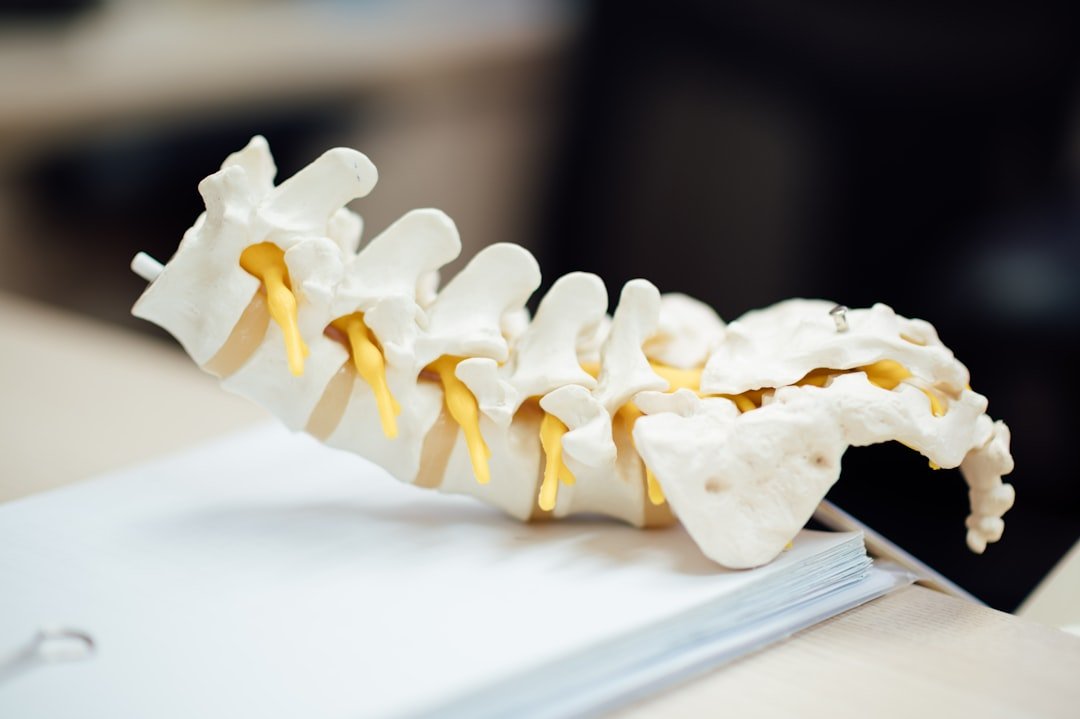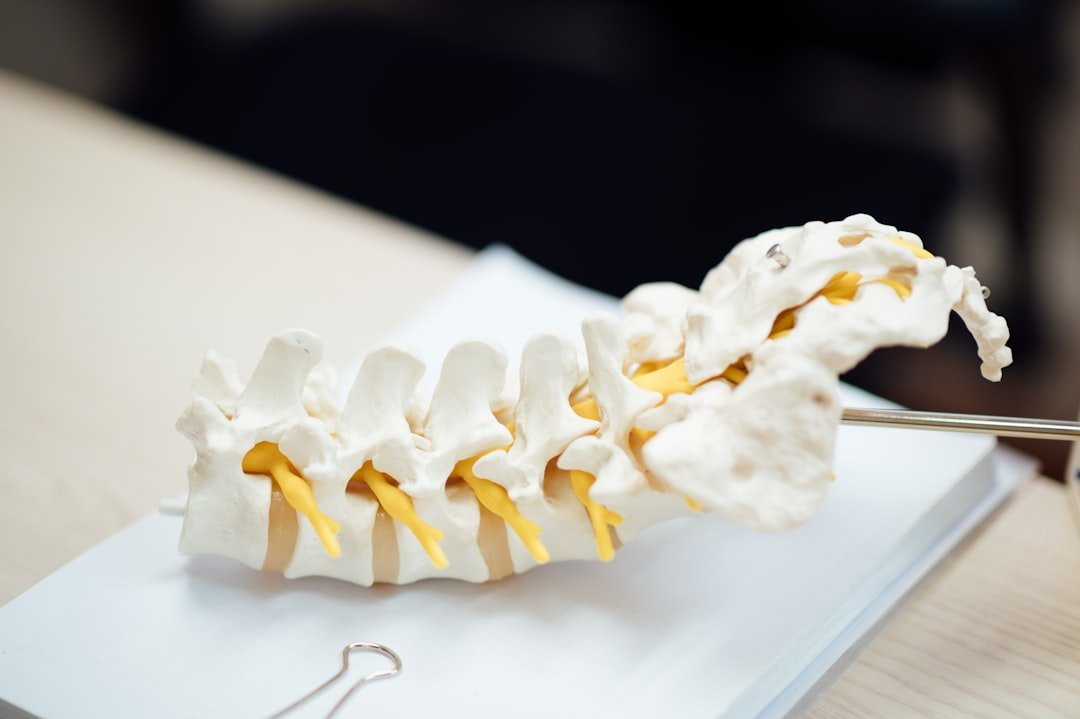How to Handle Back Pain: The Types, Causes, and Remedies
Back pain is a common complaint affecting millions of people worldwide, impacting quality of life and mobility. Recognizing the type of back pain you’re experiencing and understanding its cause are important steps in managing and treating the pain effectively. I will review the various types of back pain, their causes and how to identify them. I will also cover how to treat back pain with methods ranging from OTC medications to alternative therapies like Chinese acupuncture.

Types of Back Pain and Their Causes
- Acute Pain
Acute back pain is usually short-term, lasting for a few days to a few weeks. Often caused by an injury, such as a fall or improper lifting, acute pain can range from mild discomfort to severe, debilitating pain. Typical causes include muscle strains, ligament sprains, or minor injuries that irritate surrounding nerves. - Chronic Pain
Chronic back pain lasts longer than three months and can arise due to underlying health issues. It may fluctuate in intensity but doesn’t entirely subside, often resulting from conditions such as arthritis, degenerative disc disease, or spinal stenosis. Chronic pain may affect emotional well-being due to its prolonged nature. - Mechanical Pain
Mechanical pain, the most common form of back pain, is associated with the movement or position of the spine. Causes can range from muscle strains to degenerative changes in the spine, often seen with aging. People with mechanical pain may feel discomfort when lifting objects or bending. - Radicular Pain (Sciatica)
Radicular pain, commonly known as sciatica, occurs when a spinal nerve root becomes irritated. The pain is often sharp and radiates from the lower back down to the leg. Sciatica typically results from a herniated disc, bone spurs, or spinal stenosis compressing the sciatic nerve. - Neuropathic Pain
Neuropathic back pain originates from damaged nerves rather than structural issues in the spine. This type of pain is usually chronic and presents as burning or tingling sensations. Neuropathy, diabetes, or nerve injuries often contribute to this form of back pain.
How to Recognize Different Types of Back Pain
- Location of Pain: Acute pain often affects a specific area, whereas chronic pain can spread throughout the back.
- Intensity and Duration: If pain is sharp and sudden, it may be due to a recent injury. Chronic conditions usually involve dull or persistent pain.
- Radiating Symptoms: Pain that extends down the leg suggests sciatica or nerve involvement.
- Response to Movement: Mechanical pain often worsens with specific movements, such as bending or lifting, while neuropathic pain may persist regardless of position.
Common Causes of Back Pain
- Poor Posture: Slouching or sitting incorrectly places extra strain on the back muscles and spine.
- Injuries and Strains: Sports injuries, falls, or overexertion can strain muscles, ligaments, or spinal discs.
- Degenerative Conditions: Osteoarthritis, spinal stenosis, and degenerative disc disease can lead to chronic back pain.
- Lifestyle Factors: Obesity, lack of exercise, and high-stress levels can all contribute to back pain.
- Medical Conditions: Osteoporosis, kidney infections, or fibromyalgia may also manifest as back pain.
Remedies for Back Pain
- Over-the-Counter Medications (OTC)
OTC medications can offer significant relief for mild to moderate back pain.
- Pain Relievers: Non-prescription medications like ibuprofen (Advil, Motrin) and naproxen (Aleve) reduce inflammation, which can ease pain and swelling. Acetaminophen (Tylenol) is another common pain reliever but does not have anti-inflammatory effects.
- Topical Analgesics: Creams or patches containing menthol, capsaicin, or lidocaine provide localized pain relief by numbing the area. Products like Icy Hot or Salonpas are popular choices.
- Muscle Relaxants: Though not OTC, a doctor may prescribe muscle relaxants if muscle spasms are contributing to back pain.
Important: While OTC medications are effective for short-term pain relief, they should not be used as a long-term solution without medical advice due to potential side effects.
- Home Remedies and Lifestyle Adjustment
a) Rest and Activity
While it’s tempting to stay in bed when back pain strikes, prolonged inactivity can weaken muscles, worsening the pain. Short periods of rest followed by gentle movements or stretching exercises are often recommended.
b) Hot and Cold Therapy
Alternating between hot and cold treatments can reduce pain and swelling. Ice packs are best for recent injuries to numb pain and reduce inflammation, while heat therapy (using a heating pad or warm towel) is ideal for relaxing tense muscles and improving blood flow.
c) Physical Therapy and Exercises
Regular exercise strengthens the muscles supporting the spine, which can help prevent or alleviate back pain. Activities like swimming, walking, and specific stretching routines can improve flexibility and reduce strain on the back. A physical therapist can guide you through exercises to build core strength and improve posture.
d) Mind-Body Techniques
Stress often exacerbates chronic pain, as tense muscles can increase discomfort. Techniques like deep breathing, progressive muscle relaxation, and mindfulness meditation help reduce stress and manage pain perception.
e) Posture Correction
Maintaining proper posture when sitting, standing, or sleeping can prevent back pain. Ergonomic adjustments, like using lumbar support pillows or adjusting the height of chairs and desks, can be especially helpful for those who spend extended periods seated.
3. Traditional Chinese Acupuncture
Chinese acupuncture is an ancient therapy used for various ailments, including back pain. Practitioners insert thin needles into specific points on the body to balance energy flow, known as Qi, and reduce pain. Studies suggest that acupuncture may stimulate the body’s natural pain-relieving chemicals, such as endorphins, while promoting blood flow and reducing inflammation.
For back pain, acupuncture points are typically selected based on the pain’s location and underlying cause. Treatments are generally painless and may relieve both acute and chronic back pain. Many people find that regular sessions help improve pain levels and mobility, particularly when combined with other treatments.
Important Note: While acupuncture is safe for most people, choosing a certified practitioner with a clean and sterile environment is essential to avoid complications.
- Herbal Remedies and Supplements
Several herbal remedies and supplements can help reduce inflammation and relieve back pain:
- Turmeric: Known for its anti-inflammatory properties, turmeric can be taken as a supplement or added to food.
- Ginger: Ginger tea or supplements may provide mild pain relief by reducing inflammation.
- Omega-3 Fatty Acids: Found in fish oil, omega-3 fatty acids have anti-inflammatory effects that may benefit people with chronic pain.
- Willow Bark: This natural remedy contains salicin, which has a similar effect to aspirin and may relieve pain.
Note: Always consult with a healthcare professional before starting new supplements, especially if you’re taking medications or have underlying health conditions.
When to Seek Medical Help
If back pain persists for more than a few weeks, worsens over time, or is accompanied by symptoms like leg weakness, numbness, or fever, it’s important to consult a healthcare professional. Chronic back pain may require imaging studies, such as X-rays or MRIs, to determine the underlying cause and to develop a comprehensive treatment plan.

Conclusion
Back pain is a multifaceted condition with numerous types and causes. Identifying the type of pain you’re experiencing can help you choose the most effective remedy, whether it’s OTC medications, home remedies, lifestyle adjustments, or alternative treatments like Chinese acupuncture. However, for persistent or severe pain, I urge you to visit a healthcare professional to ensure you get the appropriate diagnosis and treatment plan for long-term relief.
